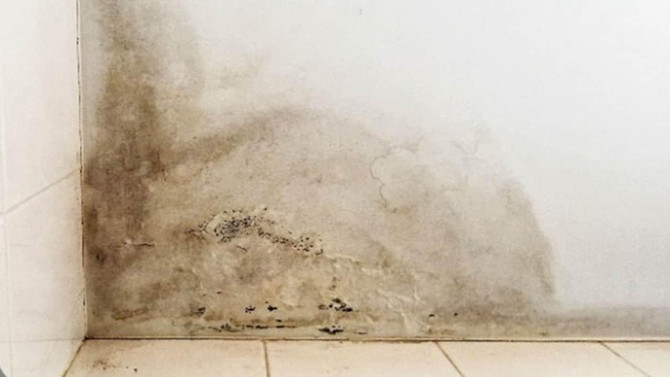When Should You Use Waterproofing Solutions
 Anwar Khan
Anwar Khan
Whether you're constructing a new home or renovating your existing one, airtight waterproofing should always be included in your design or renovations. If you do some checks of your home first, it may save you from future leaks, dampness, and expensive repairs. With the right waterproofing solution, the inner and outer dry areas of your home can be protected and ensured.
Why is waterproofing essential?
Nothing kills the aesthetic of a home faster than damp walls, paint flaking off the walls, patches of mould or rust stains. Once water makes its way into your walls your burdens are about to increase. The repair is going to be awful if you need to tackle the problem after water has crept in. Waterproofing is a simple works smart move that will save you money, ensure you always have a fresh, healthy home, and well-being to your home for years to come.
Signs you need waterproofing solutions at home
Water damage doesn't always manifest itself in an observable way. Common challenges include:
Wet but no reason to be wet – If any ceilings/floors are wet with no logic reason it may be due to leaks from your roof, broken pipes or possibly seepage from your walls and windows.
Patchy but no reason to be patchy – Stains, paint coming away from interior walls, mould, cracks, and rust marks on your walls at any time should really make you think about damp issues. Your bathrooms, kitchens and balconies are most susceptible to your risk.
Lingering but should be refreshing – Musty smells inside your home usually mean water damp and mould has already seeped in leading to health issues and migration towards school and outside.
Areas That Need Waterproofing Solutions
Roofs: Roofs are the primary defence against rain. They can use waterproof coatings to prevent leaks, cracks, and fungus.
Exterior Walls: Constant exposure to rain and sun gives them an excellent chance of becoming vulnerable. The waterproof coating provides a protective layer that prevents water entry.
Interior Walls: Bathrooms, kitchens and laundry rooms often experience dampness, from being splashed or leaking pipes. With waterproofing coatings, they can be resistant to stains and smells.
Wall Protection: Damp walls often grow algae and fungus. Special pre-treatment coats stop fungus from coming back.
Conclusion
Waterproofing isn’t solely cosmetic – it preserves your home’s health and can save you a ton of money in repair costs. Actively observing signs of water damage, hitting the weak points of your home (roofs and walls) will allow you to enjoy a safe, healthy, and durable home. Making the right waterproofing choices to suit your home will provide peace of mind and deliver the very best in aesthetics.
Subscribe to my newsletter
Read articles from Anwar Khan directly inside your inbox. Subscribe to the newsletter, and don't miss out.
Written by
